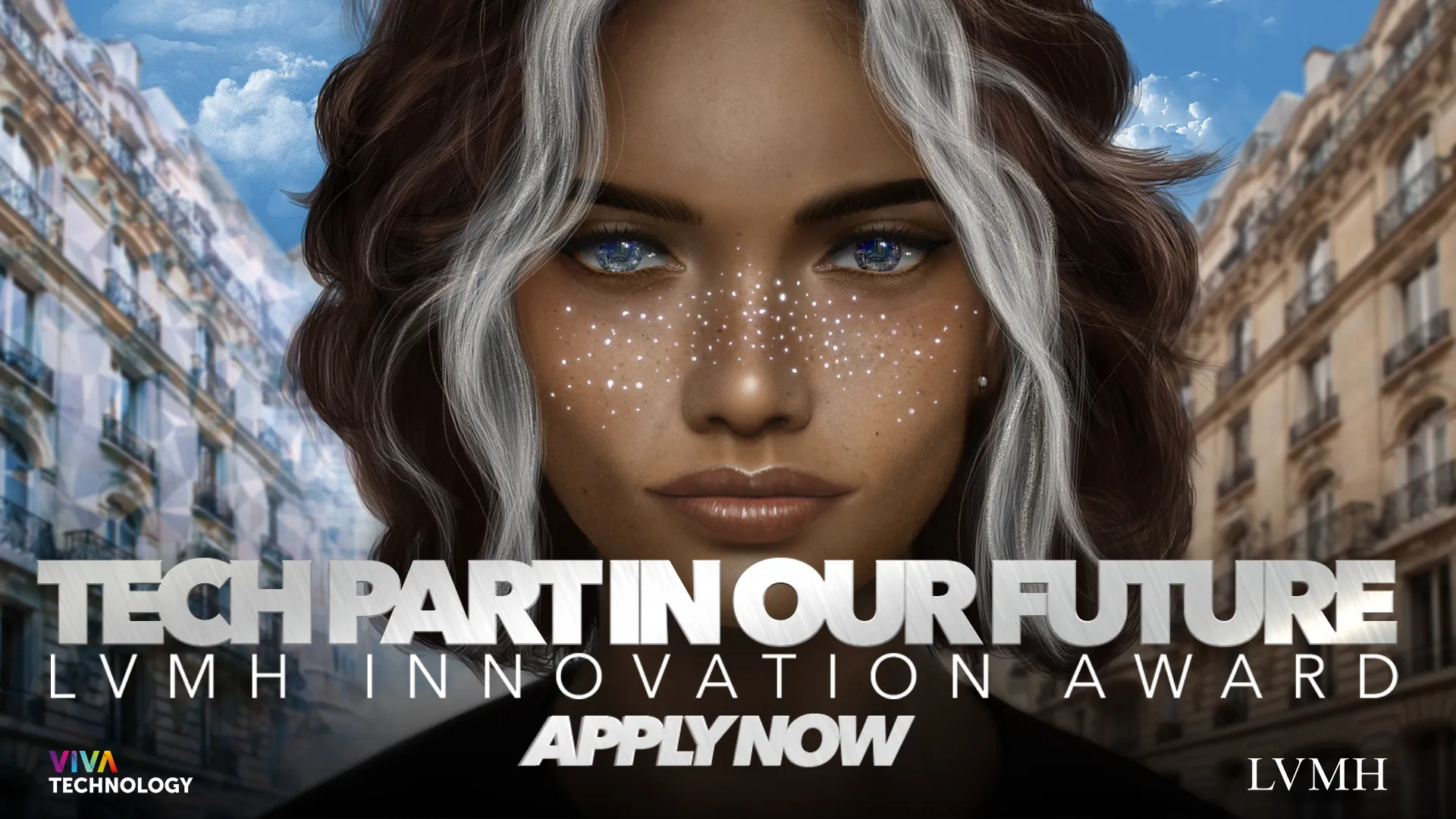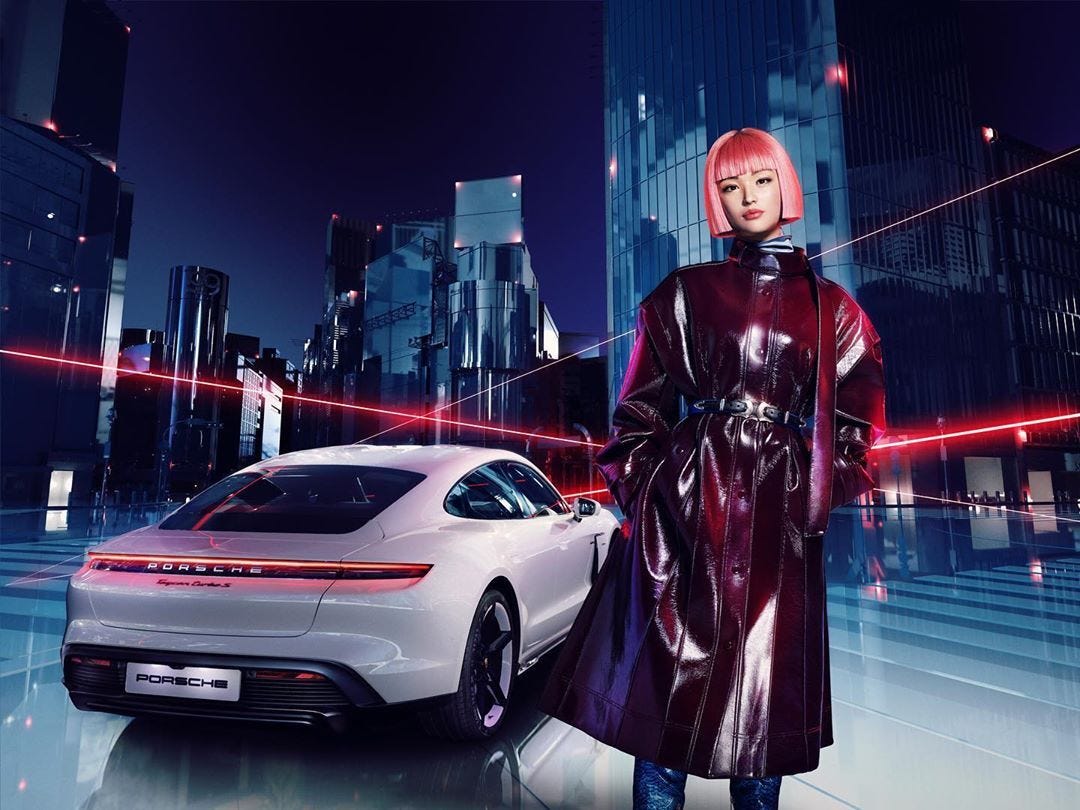The fashion industry is witnessing a transformative shift with the rise of digital or AI-powered avatars. Once confined to the realm of gaming, these virtual personas are now making their mark in the world of fashion.
- A report by Spherical Insights reveals the global digital avatar market size is expected to reach $283 billion by 2032, at a CAGR of 43.7% during the forecast period from 2022 to 2032.
- According to a 2022 virtual influencers survey conducted by the Influencer Marketing Factory, 58% of respondents follow at least one virtual influencer.
This article explores the evolution of digital avatars, their impact on the luxury fashion industry, the hesitation of luxury brands to embrace this new market, and the opportunities and challenges presented by digital fashion.
The Evolution Of Digital Avatars
Digital avatars have evolved significantly from their gaming origins. They have transformed into versatile virtual influencers and brand ambassadors, playing a pivotal role in the fashion industry. Characters such as Lil Miquela and China’s Ayayi, are not just virtual influencers anymore but are also becoming fashion icons in their own right. They offer brands an opportunity to control their image, engage with audiences consistently, and reach a global market.
Firstly, the rise of digital and avatar fashion has been fueled by the strong interest of Generation Z, who are increasingly engaging with digital fashion and avatar fashion. This has led to the development of avatar fashion, where the design focus is to make a user’s virtual character look unique, stylish, and personalized in a virtual environment
Secondly, the use of digital avatars as fashion models has several advantages for fashion companies. They can be customized to fit any size or shape, promoting inclusivity and diversity in the fashion industry. They are also cost-effective, as they do not require the same level of maintenance as human models. Finally, digital avatars can be used to create virtual fashion shows and photoshoots, providing a new and innovative way for brands to showcase their products
Moreover, the rise of virtual influencers has seen retailers begin to explore the potential of these digital entities to sell products or even become an extension of their brand. For instance, brands like Nars, Prada, LVMH, and Yoox have created CGI influencers, and Puma created Maya, a virtual influencer with an appealing personality for the South East Asia region.
 The Impact Of Digital Avatars On Luxury Fashion
The Impact Of Digital Avatars On Luxury Fashion
According to Territory Influence, the virtual influencer market, currently valued at $4.6 billion, is expected to grow by 26% by 2025. This growth is largely driven by the role of digital avatars in self-expression and style. Emerging technologies are blurring the lines between the physical and the virtual, allowing younger demographics to express themselves more fluidly through digital avatars.
The COVID-19 pandemic has further accelerated this shift towards digital platforms. As physical interactions became limited, digital identities became essential for online interactions, further cementing the role of digital avatars in the fashion industry.
However, the impact of digital avatars on the fashion industry is complex and multifaceted. While they have the potential to promote creativity and sustainability, they also have the potential to perpetuate harmful beauty standards and lead to job losses in the industry
The Hesitation Of Luxury Brands
Luxury brands are known for their emphasis on detail, craftsmanship, and exclusivity, which historically have not always aligned with the more simplistic and cartoonish nature of early digital avatars. Essentially, there’s a certain level of quality that resonates with luxury consumers’ expectations, and achieving this in virtual spaces is a complex task.
Despite these reservations, some luxury brands are pioneering the integration of digital fashion with their brand identity.
Pioneering Brands
Valentino, for example, has created digital fashion looks for Meta’s avatars, showcasing their designs on platforms like Instagram, Facebook, and Messenger, as well as in Meta’s virtual reality experiences. This move not only aligns Valentino with the digital transformation but also allows the brand to connect with a new generation of fashion enthusiasts who are increasingly spending time in virtual environments
Luxury brands like Balenciaga, Prada, and Thom Browne have also ventured into creating digital outfits for Meta avatars, indicating a growing interest in the virtual fashion space.
These initiatives reflect a broader trend of luxury brands experimenting with virtual fashion, augmented reality, and NFTs as they navigate the opportunities and challenges of the metaverse.
Conclusion
Digital avatars are poised to disrupt the fashion industry, particularly the luxury sector, by providing new avenues for self-expression, brand engagement, and commerce in the metaverse. However, the nascent nature of the digital avatar market presents challenges that luxury brands must navigate to fully leverage these opportunities.
As the digital and physical worlds continue to merge, the fashion industry must adapt to this new reality and embrace the potential of digital avatars.






